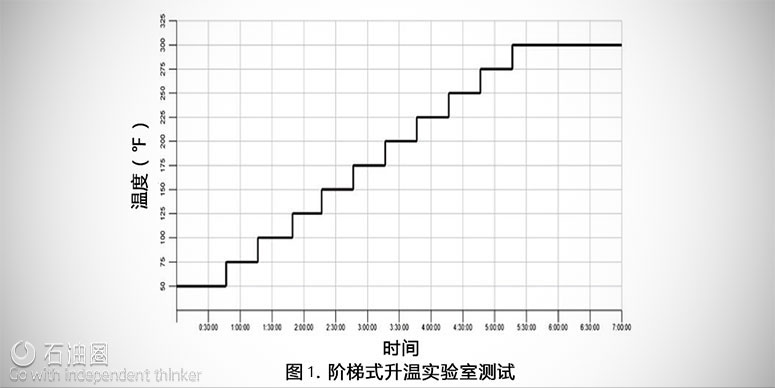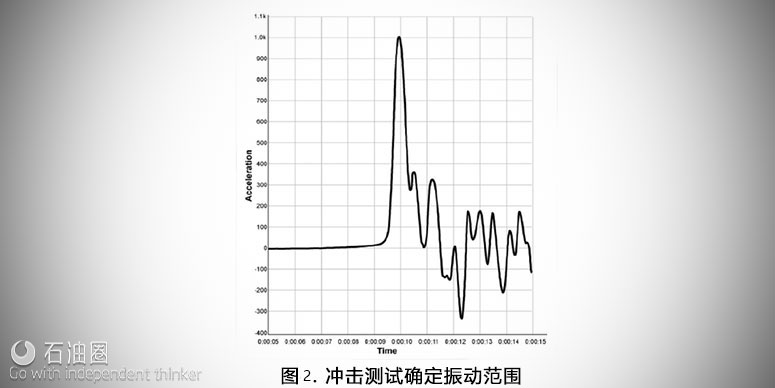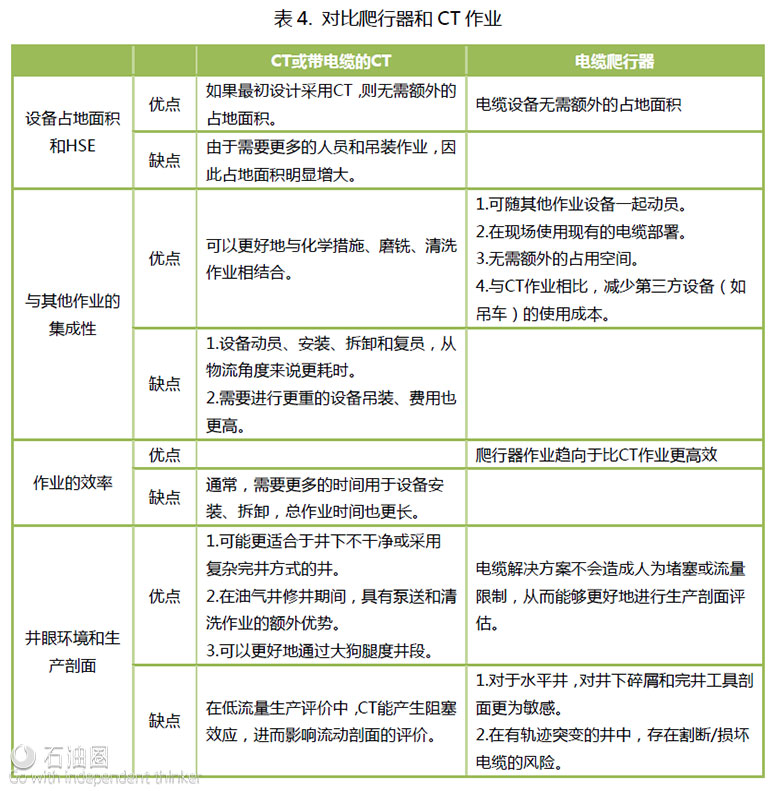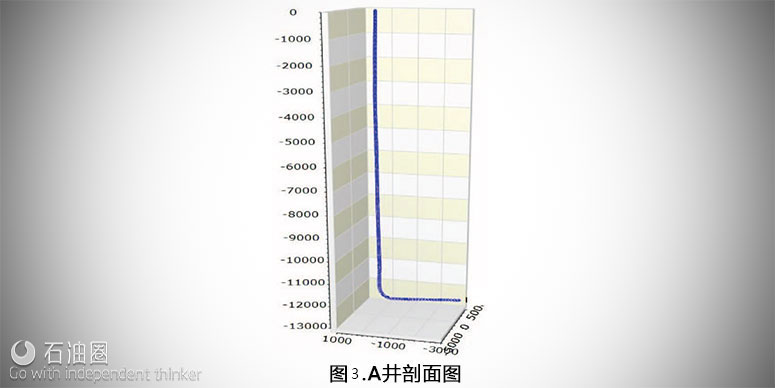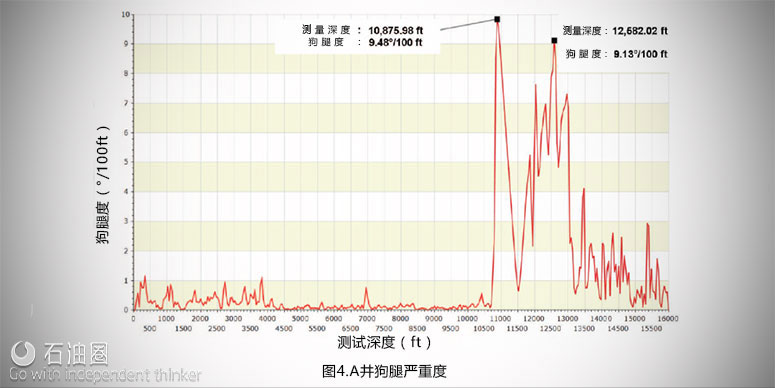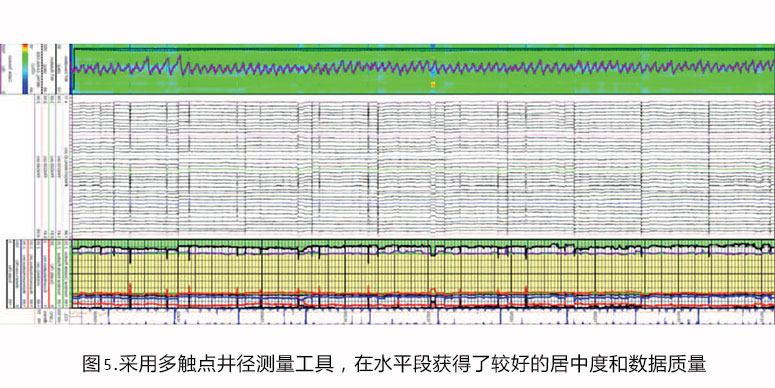OPERATIONAL RELIABILITY
With tractor deployment, as with other downhole electronics technologics, three major aspects affect its operational reliability:
- Operating envelope
- Qualification
- Condition-based maintenance
Operating Envelope. The operating envelope is primarily defined by the technology and design.New designs of DC powered motors for tractors have significantly expanded the operating envelope for high temperature, Table2, and enabled operations on high impedance H2S resistant wirelines. The operating envelope is defined by functional testing of the equipment to destructive limits, Fig.3 and Fig.4.
Qualification. One recent key addition to the pre-job operational preparation of the tractor has been heat testing of the assembly at the expected BHT to ensure a high degree of confidence under downhole conditions.
Condition-based Maintenance. The other important process aspect that has been implemented for hostile environment tractor operations is to establish a finite limit on the number of runs a tractor can make before replacing critical internal components, thereby doing so before they actually fail. Several conditions are factored into the criteria for determining the end of the useful life for a given piece of downhole equipment, including, but not limited to, transportation, pressure, shock exposure, temperature and environment. This process has significantly improved the performance and reliability of the tractor at high temperatures and high shock loads.
SUITABILITY OF WELL INTERVENTION TECHNOLOGY: AN OPERATOR’S PERSPECTIVE
Planning rigless stimulation and well intervention requires the coordination of the logistics, supply chain, economic, personnel, and technical aspects of the operation. Additionally, remote field operations in the emerging gas business in Saudi Arabia have introduced contingencies requiring effective mitigation plans. From an operator’s standpoint, ensuring the suitability and cost-effectiveness of intervention strategies means assessing aspects of the technology that include, but are not limited to:
- Suitability of the technology for specific requirements.
- Reliability of the solution. ? Well site deployability and efficiency of the equipment.
- Availability of auxiliary, unplanned and contingency solutions.
- Deploys on existing e-line setup at the well site.
- No additional footprint.
- Lower cost of third party equipment, i.e., cranes, as compared to CT operations.
Cons Mobilization, rig-up, rig-down, and demobilization can be logistically time-consuming.
- Require heavier, more expensive cranes.
- Operational Efficiency Pros Tractor jobs tend to be much more effi cient than CT jobs.
- Cons Generally, requires more time for rig up, rig down and overall operations.
- Wellbore Environment and Profi le Pros ? May be more suitable in wells with excessive debris or complex completions.
- Provides additional benefi ts of pumping and clean out during intervention.
- Can better negotiate sharp doglegs. E-line deployed solutions pose no artifi cial choking or fl ow restriction, enabling better production profi le evaluation.
- Cons In low rate fl ows for production evaluation, CT can pose a choking effect and adversely affect the fl ow profi le evaluation. ? May be more sensitive to debris and completion profi les in horizontal wells.
- In wells with sharp bends there is a risk of cutting/damaging the cable.
The decision to deploy wireline tractor technology is weighed against alternative horizontal conveyance methods, generally CT, and based on the factors outlined in Table 3.
The advantages of the e-line tractor are its modularity, combinability, and light weight. It is transported to the well site easily and rigged up within a small footprint and with minimal interference in other operations at the well site. In specific jobs, the tractor operations can provide a superior well intervention strategy from a health, safety and environmental (HSE) and operational efficiency perspective. Table 4 compares CT operations to e-line tractor operations.
CASE STUDY OF TRACTOR INTERVENTION IN HIGH TEMPERATURE GAS OPERATIONS
The following case study presents the culmination of work performed over several months, which were spent incorporating technological advancements and assembling a fit-for-purpose solution for a specific production enhancement opportunity that was tailor-made for tractor conveyed well intervention.
Well-A was drilled — sidetracked — in 2013 toward the minimum stress direction. This well achieved 3,000 ft of lateral section and was completed with a cemented liner planned for a horizontal plug and perforation completion as the well was considered a candidate for multistage fracturing, Fig. 5. The well was completed with a 4?” tubing and liner with a minimum restriction of 3.688”.
The first attempt to fracture the well encountered tractor deployment complications. Toe stage perforating was subsequently performed using CT. The lack of fluid injectivity at this stage eliminated the possibility of performing pumpdown plug and perforation operations.
To improve injectivity, the strategy was revised to extend the cluster length and to stimulate the well in one combined stage of 60 ft. In addition, a review of tractor operations and available technology, as well as an audit of the quality control processes, was performed; the improvements previously described were implemented over a period of several months, and the job was redesigned.
The following runs were planned:
- Multifinger caliper log to obtain well integrity information on a suspected well deformation resulting from previous operations.
- One run of blank guns.
- Three runs with 20 ft fracture guns.
To convey the e-line tools to depth, the 3?” DC powered tractor was selected. From a mechanical deployment perspective, the dogleg severity was well within the tractor limit, specified by the leading tractor companies, of 32°/100 ft, Fig. 6. Because well integrity issues were anticipated, the tool length was limited to 60 ft as a precautionary measure.
The multifinger caliper tool string to be used for casing inspection was centralized using the combination of a strong, optimally placed, spring loaded roller and stiff arm centralizers. The logging string was decoupled from the tractor section using a flex joint to enable consistent tool positioning and centralization in the well. The acquisition of good quality casing profile data was therefore achieved using the multifinger caliper, Fig. 7.
The multifinger caliper tool string to be used for casing inspection was centralized using the combination of a strong, optimally placed, spring loaded roller and stiff arm centralizers. The logging string was decoupled from the tractor section using a flex joint to enable consistent tool positioning and centralization in the well. The acquisition of good quality casing profile data was therefore achieved using the multifinger caliper, Fig. 7. longer reservoir section.
The tubing was found to be undamaged, and the decision was made to continue with the stimulation operation. The well was successfully stimulated after the extended tractor well intervention.
In the operation to evaluate and establish well integrity, tractor deployment enabled a much more efficient well intervention solution as compared to an equivalent e-coil intervention. The total wireline operating time of 67.5 hours for five runs was approximately 40% less than the estimated time for a similar e-coil intervention — approximately five days.
The resources and processes of multiple service companies were integrated in this operation and implemented under the operator’s supervision. Multilevel managerial engagement was crucial to the achievement of this goal.
CONCLUSIONS
The following conclusions can be inferred from this work:
- Tractor-based well intervention in high temperature tight gas wells is a viable option for the growing production enhancement business in Saudi Arabia.
- Specific challenges of production enhancement make tractor-based operations more suitable in deep wells than other methods of conveyance.
- The advancement of DC powered tractor motors usable for high temperature operations has been proven with sustained tractor operations at high temperature, and this improved tolerance heralds a step change in the technology.

 石油圈
石油圈

